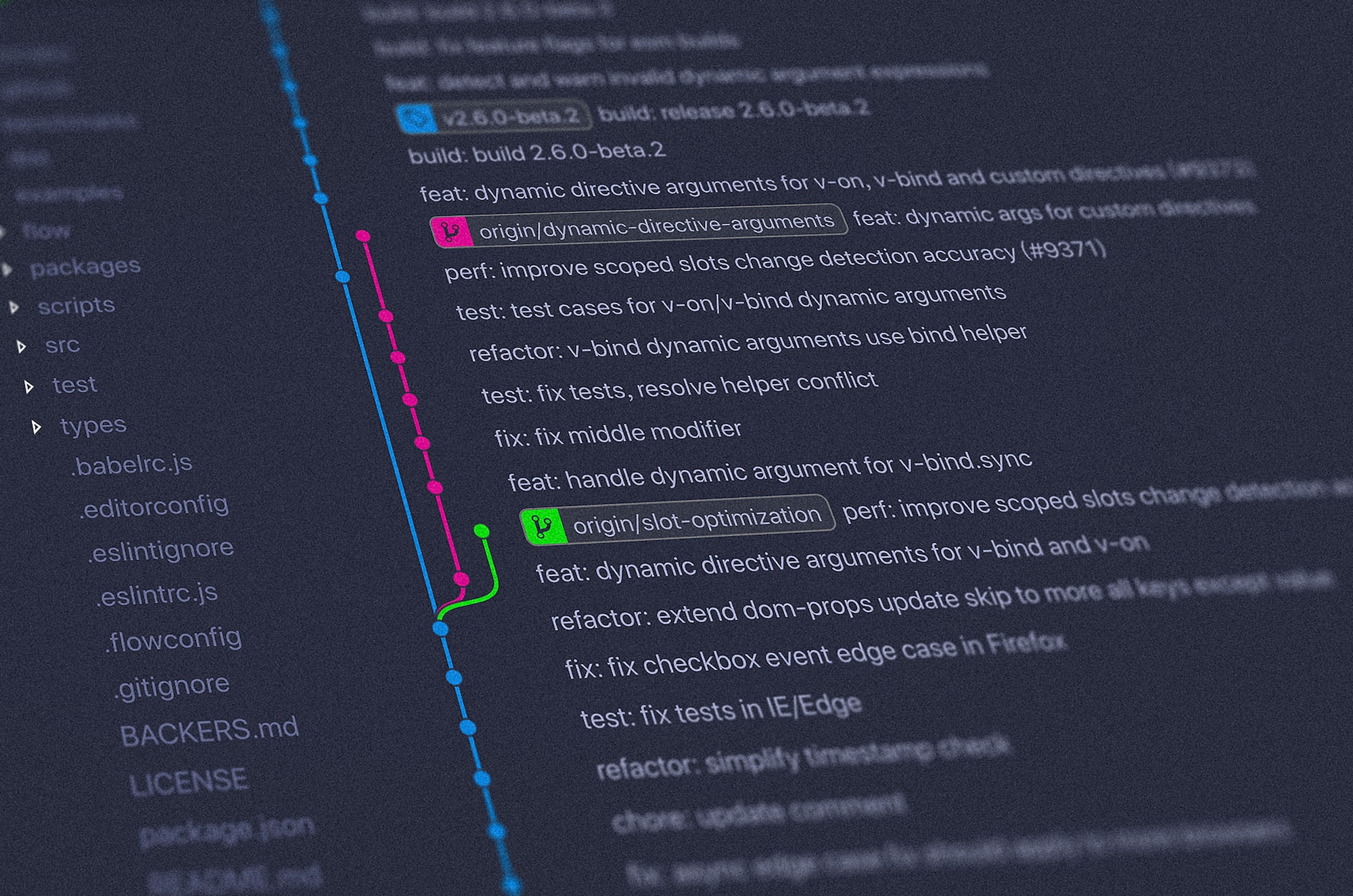Which git metrics should I be looking at?
Engineering Metrics
Oct 19, 2023
In the intricate world of software engineering, the ability to measure and analyze performance is paramount. Git metrics, which provide insights into the development process, have emerged as invaluable tools for engineering leaders. But with a plethora of metrics available, which ones truly matter? Let's delve into the essential git metrics that can offer a comprehensive view of your engineering team's performance.
Cycle Time: The Heartbeat of Development
Cycle time, often considered the heartbeat of the development process, measures the time taken from the initiation of a task to its completion. It's further broken down into:
Coding Time: The duration spent writing the initial code.
Pickup Time: The time taken from when coding ends to when the review starts.
Review Time: The time taken for the code review process.
Deploy Time: The duration from the end of the review to deployment.
By analyzing these metrics, engineering leaders can gain insights into bottlenecks, inefficiencies, and areas of optimization in the software development lifecycle.
Number of Reviews and Review Depth: Quality Over Quantity
While the number of code reviews can provide a snapshot of team activity, it's the depth of these reviews that truly matters. A thorough review ensures code quality, minimizes downtime, and reduces the chances of post-deployment issues. By measuring review depth, stakeholders can ensure that pull requests are not just skimmed over but are meticulously examined.
New Work vs. Refactor: Balancing Innovation and Improvement
In the ever-evolving domain of software engineering, there's a constant tug-of-war between developing new features and refining existing ones. Metrics that differentiate between new work and refactor can help engineering leaders strike a balance. While new features can drive business goals and customer satisfaction, refactoring ensures the codebase remains robust and maintainable.
PR Size
The size of pull requests (# lines added + # lines deleted) can be a telling metric. Large PRs, while they might seem impressive, can be daunting to review and more prone to errors. On the other hand, smaller PRs are easier to manage, review, and integrate. By monitoring PR size, engineering teams can encourage more manageable and efficient code contributions.
PRs Merged Without Reviews: A Red Flag
Pull requests that bypass the review process and get merged can be a significant cause for concern. Such PRs can introduce errors, security vulnerabilities, and other issues. By keeping an eye on PRs that skip the review process, engineering leaders can ensure that the codebase maintains its integrity.
The Power of BuildPulse in Harnessing Git Metrics
BuildPulse Engineering Metrics stands out as a game-changer for engineering teams aiming to harness the full potential of git metrics. With its comprehensive reporting and developer copilot feature, BuildPulse ensures that pull requests, both new and stale, are promptly addressed. The platform's automation capabilities further streamline the review process, ensuring that the engineering team's workflow remains smooth and efficient.
In Conclusion
In the digital age, where software development is both an art and a science, git metrics offer engineering teams a compass to navigate the complex landscape. From cycle times that provide a pulse of the development process to metrics that ensure code quality, these measures are indispensable.
However, it's not just about collecting data; it's about making informed decisions. By leveraging platforms like BuildPulse, engineering leaders can transform raw metrics into actionable insights, driving continuous improvement, and ensuring that their engineering organization remains at the forefront of innovation.

